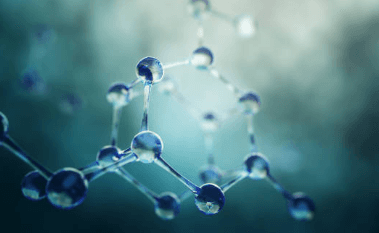The exploration of Concept Map: Organic Molecules is foundational to understanding biological systems and their intricate functions. A concept map serves as a valuable tool to illustrate the relationships among various classes of organic compounds, including carbohydrates, lipids, proteins, and nucleic acids. By mapping these connections, one can appreciate not only the structural diversity but also the critical roles these molecules play in life processes. As we consider the nuances of this topic, it becomes evident that a deeper examination of these interactions reveals unexpected insights into the biochemical framework of living organisms.
Overview of Concept Map: Organic Molecules
In the realm of chemistry, Concept Map: Organic Molecules represent a fundamental class of compounds characterized by the presence of carbon atoms, often in conjunction with hydrogen, oxygen, nitrogen, and other elements.
These carbon compounds exhibit diverse molecular structures, which dictate their chemical behavior and interactions.
Understanding the intricate relationships within these structures is pivotal for advancements in fields such as biochemistry, pharmacology, and materials science.
Read More Cute:_Dzaztai22k= Hoco Signs
Types of Concept Map: Organic Molecules
Organic molecules can be classified into several distinct categories based on their structural characteristics and functional groups.
Key classifications include carbohydrates, which exhibit diverse structural forms; lipids, characterized by their hydrophobic lipid structure; proteins, essential for protein synthesis; and nucleic acids, vital for genetic information.
This classification underscores the molecular diversity inherent in organic chemistry, driven by variations in functional groups.

Functions and Importance
The functions and importance of organic molecules are foundational to biological processes and the overall functioning of living organisms.
Their biological significance is rooted in the diverse molecular structures that facilitate essential reactions, energy storage, and information transmission.
Understanding these molecules enables insights into metabolic pathways and cellular functions, highlighting their crucial roles in sustaining life and promoting evolutionary adaptability.
Creating a Concept Map
A comprehensive understanding of organic molecules necessitates the creation of a concept map that visually organizes their structures, functions, and interrelationships.
This visual representation serves as an effective tool for relationship mapping, allowing for the identification of key connections among various organic compounds.
Read More Cute:_Enpbvsmavu= Rainbow Unicorn
Conclusion
In conclusion, the concept map serves as a critical tool for elucidating the intricate relationships among Concept Map: Organic Molecules, including carbohydrates, lipids, proteins, and nucleic acids. By visually displaying their diverse structures and functions, the map facilitates a comprehensive understanding of their roles in biological processes and energy dynamics. The interconnectedness of these compounds mirrors a well-orchestrated symphony, where each instrument contributes to the overall harmony essential for sustaining life, thereby underscoring the significance of organic chemistry in biological systems.
